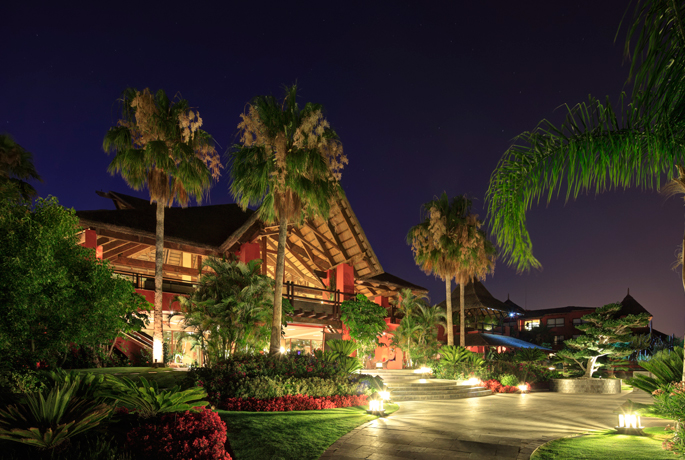PALMIRA, THE CITY CALLED AFTER A WOMAN
Today, from the Asia Gardens Hotel & Thai Spa, we are bringing you to a city that once was a great trade and cultural destination, ruled by a woman who is remembered for her beauty and intelligence.
We are talking about Palmira. This city was an ancient Nabataean city located in the Syrian Desert. In Aramean, its name means “date palm city”. Palmira was the capital of the Empire of Palmira, ruled by Zenobia between 266 – 272.
It is said that Zenobia was a very intelligent and educated beautiful brunette with piercing eyes, well able to understand Greek philosophers, Latin jurists and Syrian priests who spoke Egyptian. She was very politically savvy and was exceptionally persuasive; she was the woman who for a long time kept Rome on their toes.
Palmira, in the centre of the current Syria, was located in a crossroads between the West and the East, between the Mediterranean run by Rome and the Asian Empires.
However, despite the great splendour the city reached, mainly thanks to its location between two cultures on the rise and thanks to being in the midst of busy trade areas, nowadays only ruins remain, Heritage of Humanity sites of UNESCO in 1980.
Palmira is, without a doubt, one of the most emblematic tourist places to see the history of Europe and Asia, as large architectural and architectural sites can be visited there.
Here are some places you should not miss out on during your visit:
– Decumanus: this was a word used in the urban planning of the Roman Empire to appoint a main street or avenue. Traders gathered on that street and it was considered the city centre of the city.
– Tetrapylon: a square Hellenic monument with a door on all four sides. It used to be built in the intersection of two important roads.
– The Roman Theatre: the unfinished theatre dates back to the 2nd Century B.C. The theatre has been restored and now holds Palmira’s annual festival.
– The Monumental Arch: what is left of the great arch over the main street of the city and its majestic pillars that flanked this city is evidence in itself of the Roman power in these eastern regions.
– The Bel Temple: this temple was consecrated to Semitic god Bell and is the construction which is best preserved in Palmira, with a synthesis of architectural styles in Ancient Near East and the Greek Roman world.
If after this tour around the Far East, you feel like continuing this Asian experience, come to the Asia Gardens Hotel & Thai Spa to relax, here we offer comfort and luxury similar to that enjoyed by the queen of Palmira. Come and visit us!



